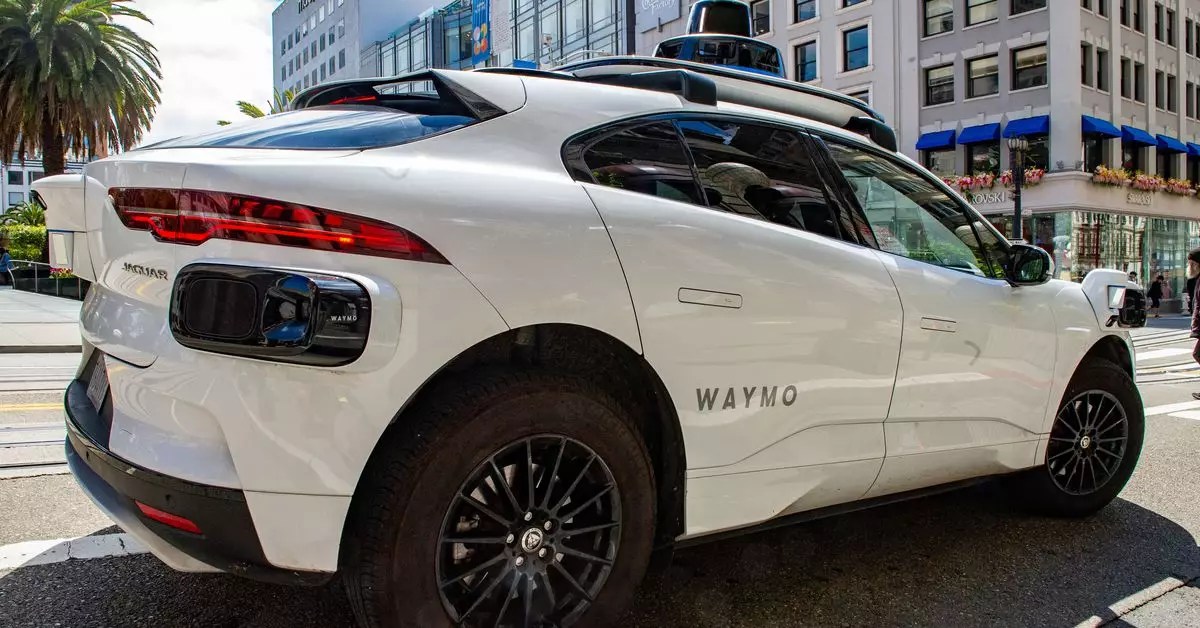Waymo, the autonomous driving arm of Alphabet, is making headlines with its venture into Tokyo, Japan—marking a significant milestone in its global operations. For the first time, Waymo will deploy its autonomous vehicles in a foreign market, which showcases the company’s ambition to broaden its technological horizons. The initiative is poised not merely as a test run; rather, it represents a calculated effort to integrate its advanced driving technology with the unique characteristics of Japanese urban driving.
Japan, renowned for its distinct driving patterns and left-hand traffic, presents an enticing yet challenging landscape for autonomous driving technology. By operating in Tokyo, Waymo aims to collect critical data about these nuances. This strategic move could pave the way for a comprehensive understanding of the local transportation ecosystem and how it could accommodate autonomous technology. Although Waymo has not committed to launching a ridesharing service in Japan yet, this data-gathering phase could be pivotal for future endeavors.
Central to Waymo’s approach in Tokyo is its partnership with Nihon Kotsu, a prominent local taxi fleet operator. This collaboration is significant; it allows for the integration of Waymo’s cutting-edge autonomous technology with local expertise and established transportation practices. The presence of a local partner can enhance the acceptance of autonomous vehicles among the Japanese public, easing potential apprehension about safety and reliability.
Nihon Kotsu will manage the fleet of approximately 25 vehicles, initiating a hands-on testing phase with manual driving. This initial period is crucial for building foundational mapping data before transitioning to more sophisticated autonomous driving capabilities. Waymo’s engagement with local operators underscores a broader trend in the industry: the recognition that successful deployment of autonomous vehicles often depends on integrating with existing transportation infrastructures rather than solely relying on technology.
As part of this deployment, Waymo will utilize geofencing, a strategic maneuver that confines the operational area of its vehicles to specific neighborhoods within Tokyo, including high-traffic areas such as Shibuya and Minato. This approach not only enhances operational safety but also allows for a controlled environment in which to refine vehicle performance. Such measures are crucial when testing technology that must navigate complex urban landscapes.
Furthermore, the initial deployment will involve trained specialists to oversee the vehicles, ensuring a level of safety and providing immediate assistance if necessary. Although this transitional phase allows for human intervention, it raises questions about the timeline and strategy for moving toward fully autonomous operations. Waymo’s cautious stance indicates an awareness of the complexities involved with autonomous technology, especially in a market as densely populated and intricately regulated as Tokyo.
Waymo’s entry into Japan occurs against a backdrop of shifting priorities within the autonomous vehicle sector. As competitors like General Motors shift their focus away from high-cost robotaxi projects to driver-assist technologies, Waymo’s international push may be seen as an attempt to carve out a niche amid fluctuating market confidence. By gathering data in Tokyo, Waymo is not only aiming to enhance its autonomous systems but also positioning itself to compete more effectively in a landscape where other companies like Toyota and Nissan are increasingly focusing their attention on markets like China.
However, Japan’s robust automotive sector has been slow to embrace autonomous technology domestically. This reluctance, combined with ongoing trials in foreign markets, could limit the opportunities for local innovation. Waymo’s initiative may serve as a wake-up call, illustrating the necessity for Japanese automakers to engage more actively in the autonomous vehicle space on home turf.
In bringing its autonomous vehicles to Japan, Waymo is embarking on a mission that extends beyond mere technological deployment. This initiative represents an exploration of how its technology can harmonize with the driving culture and infrastructure of a foreign nation. As Waymo lays the groundwork in Tokyo, the potential for a future robotaxi service looms large, contingent on the insights gained from this critical data-gathering phase. Ultimately, the success of this venture may well hinge on Waymo’s ability to collaborate with local stakeholders and adapt to the unique challenges presented by the Japanese market.


Leave a Reply